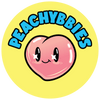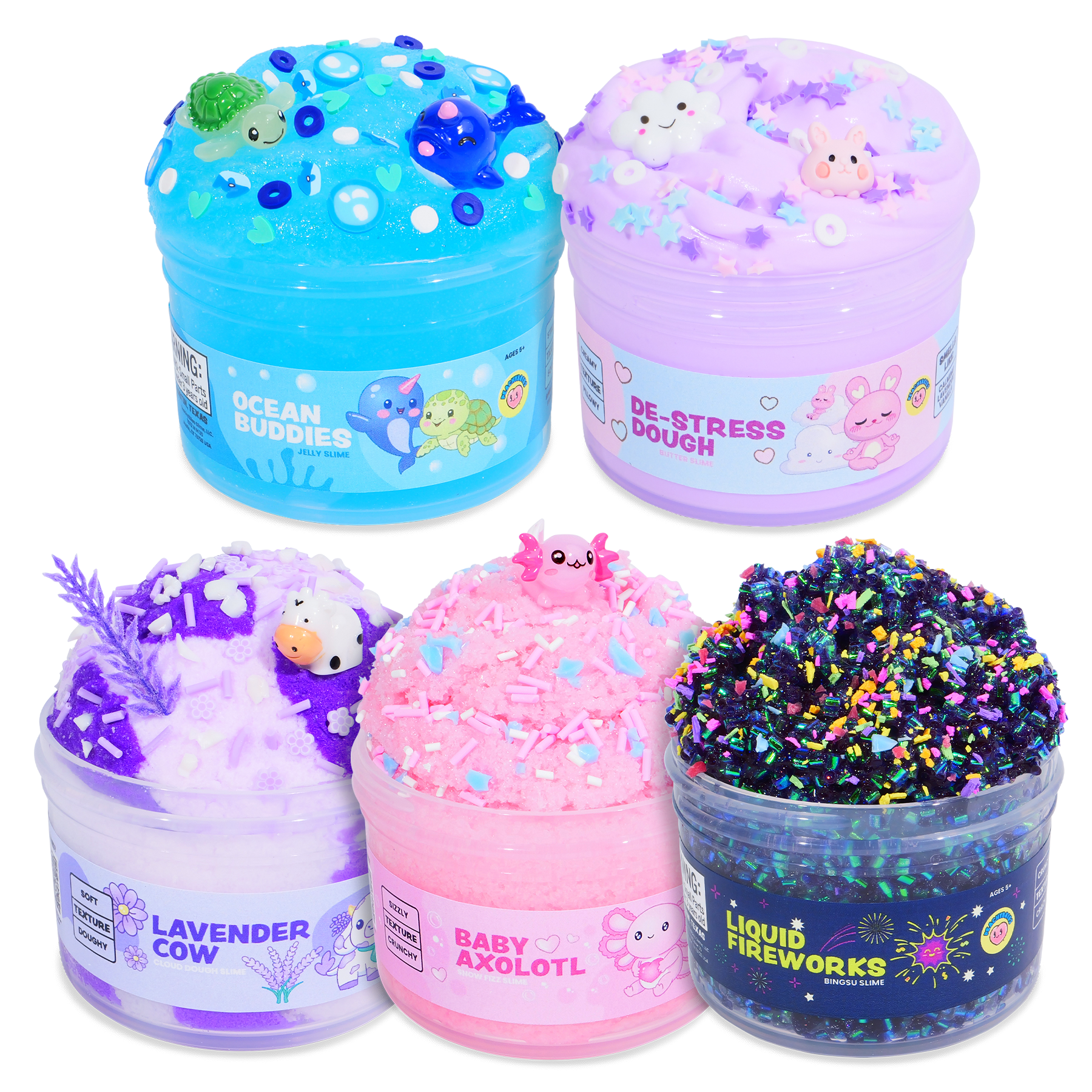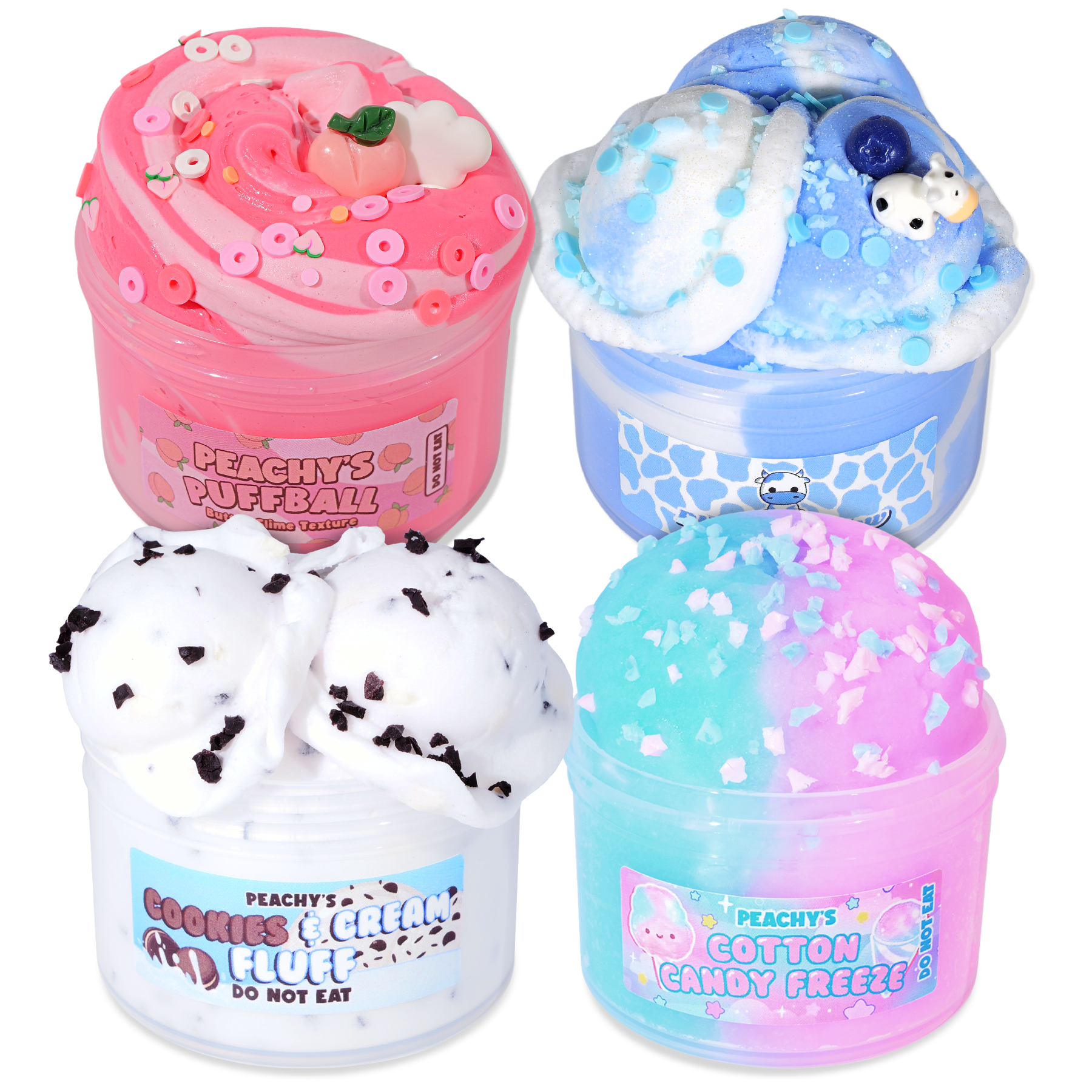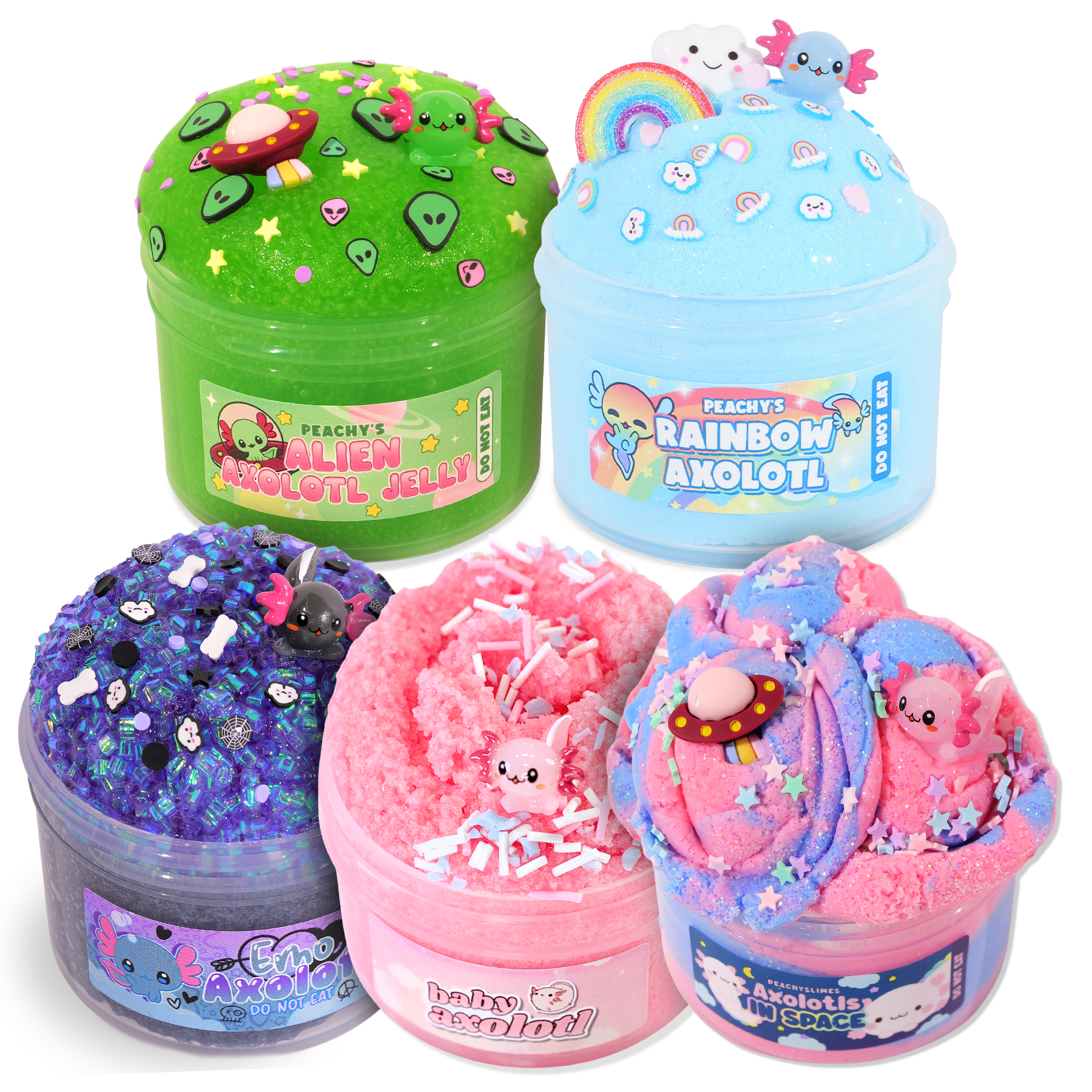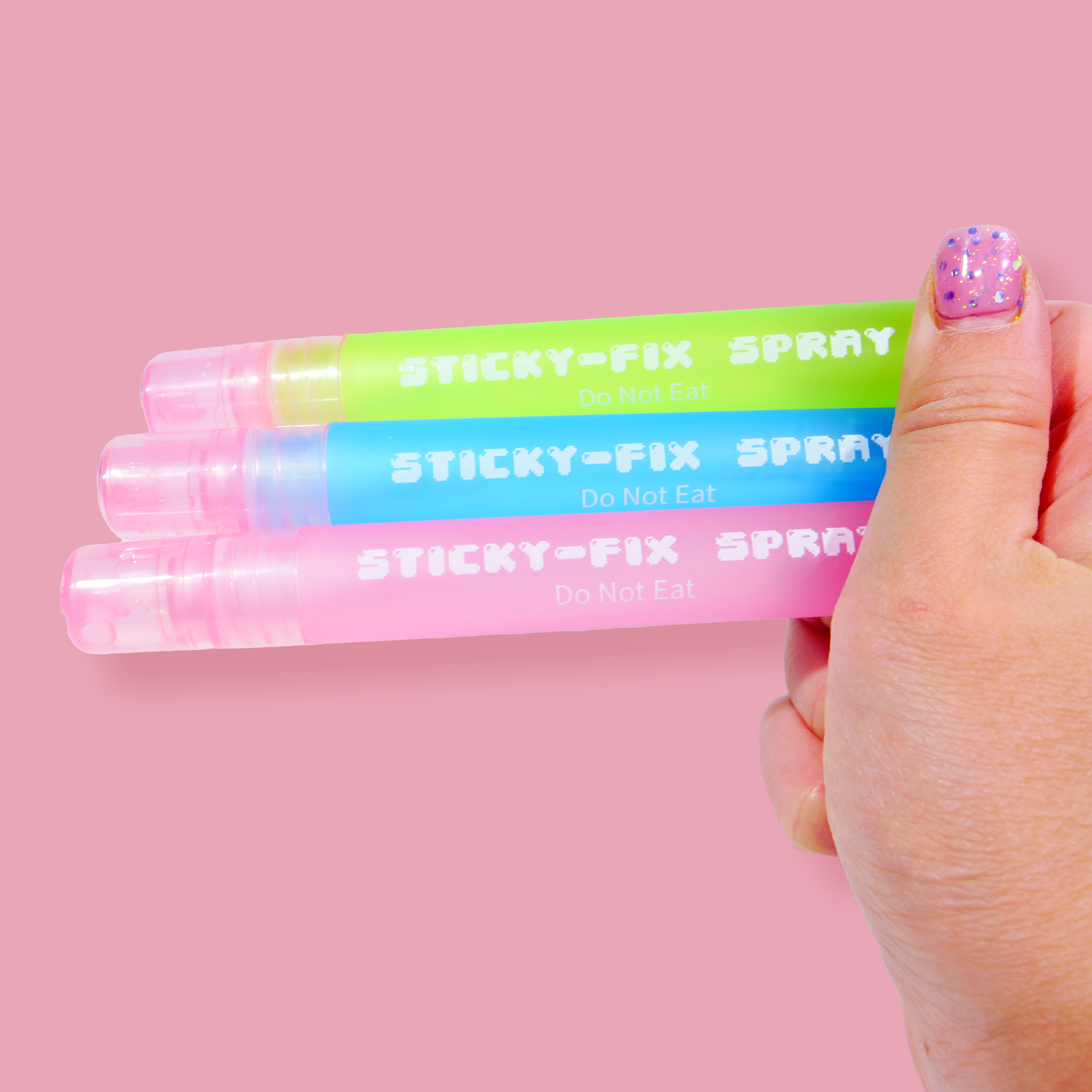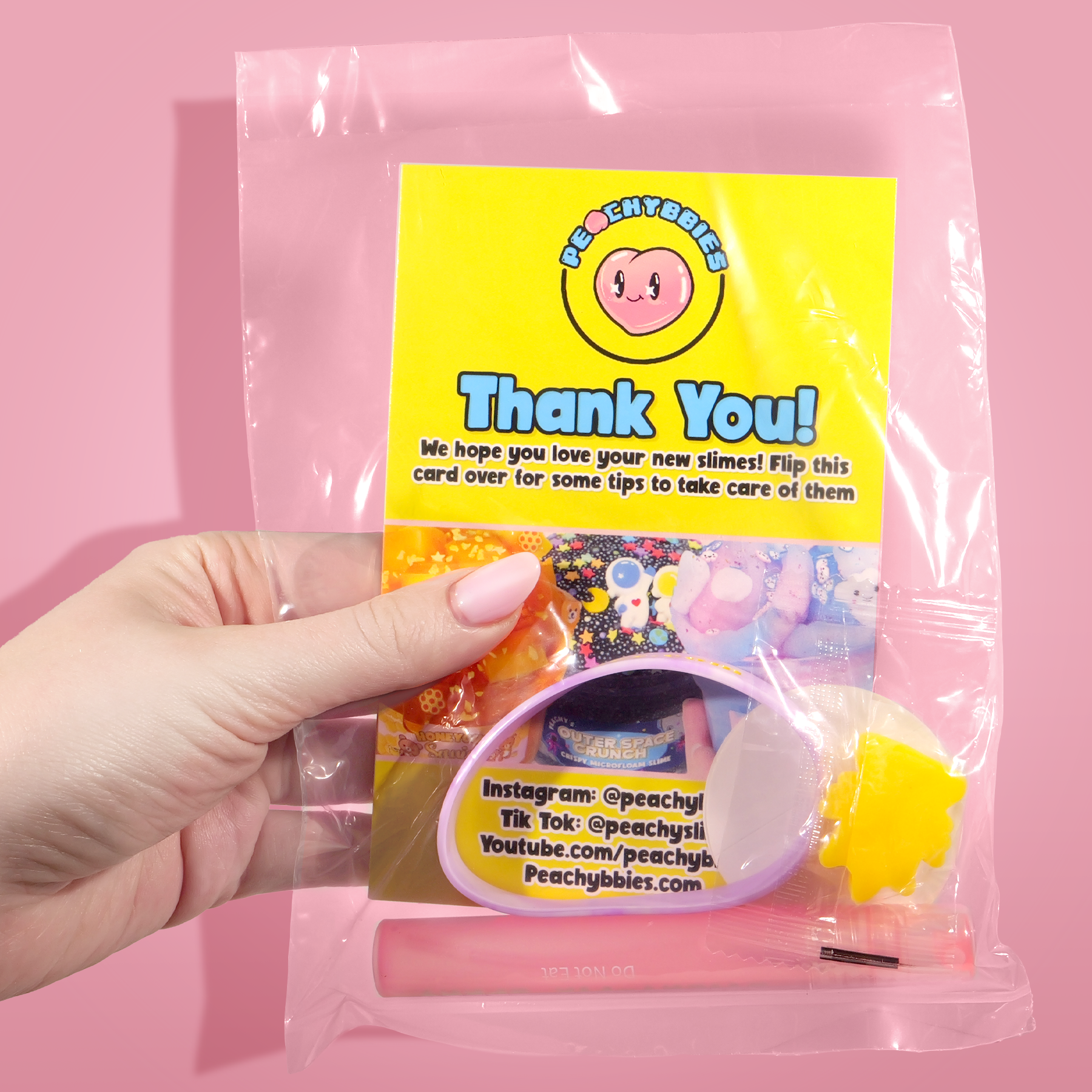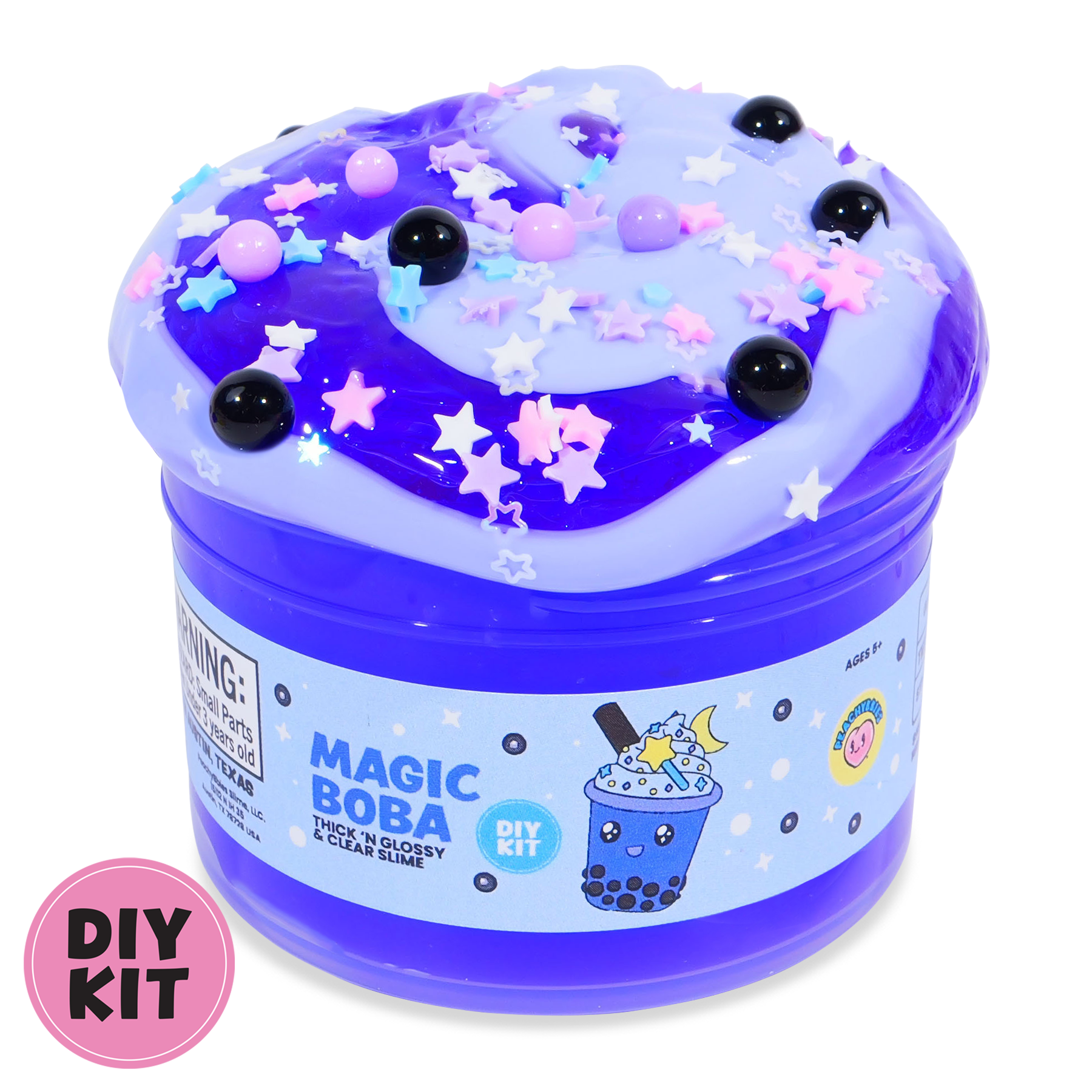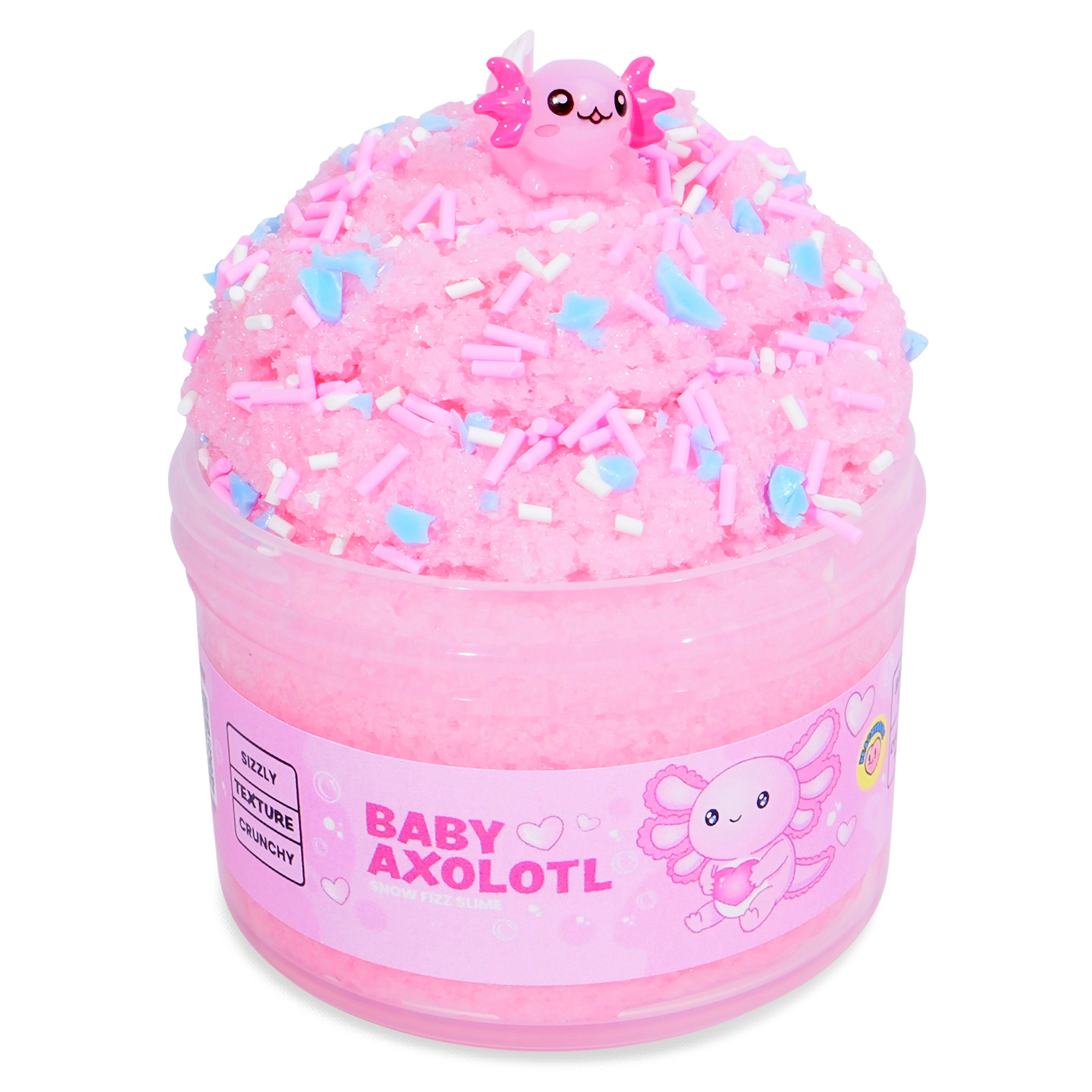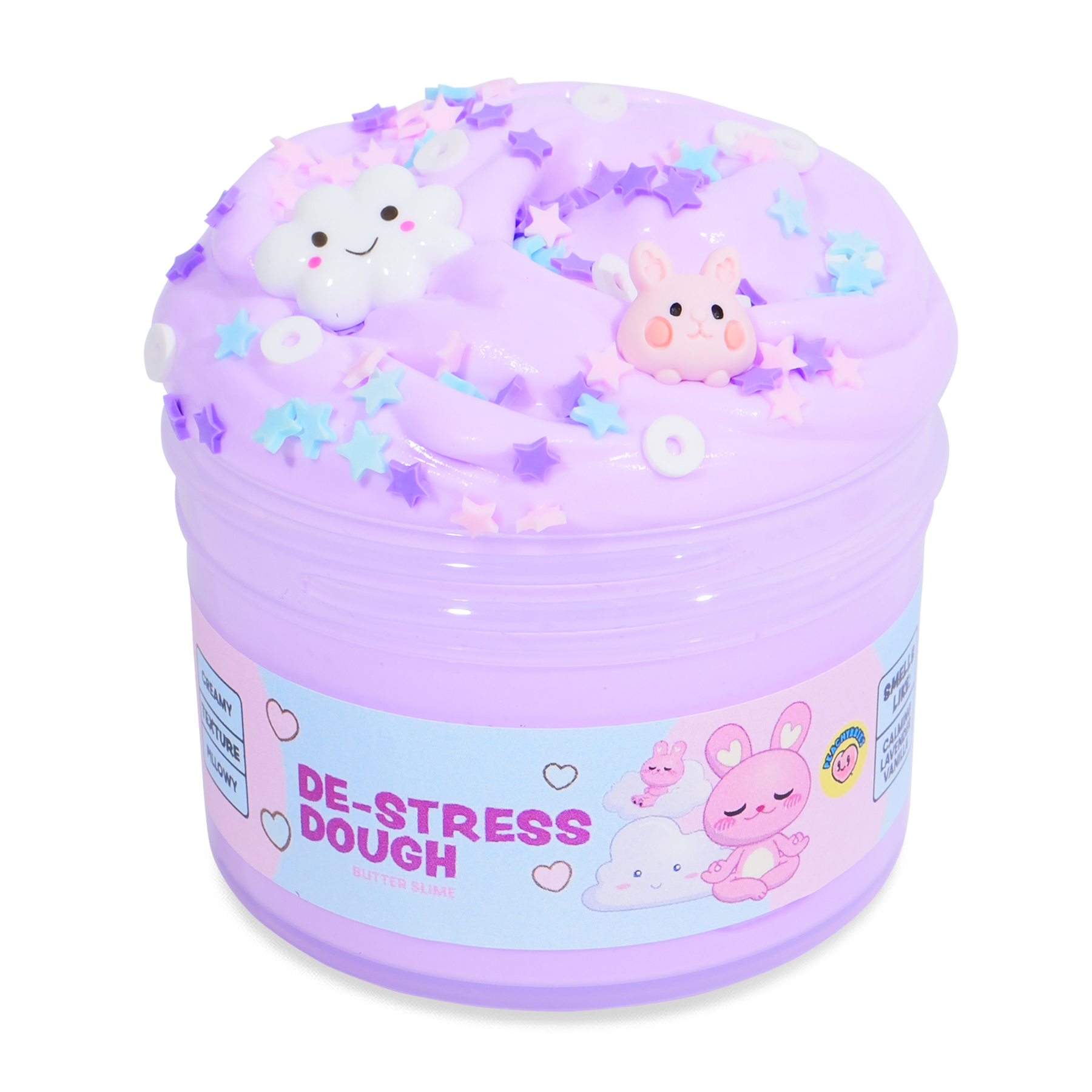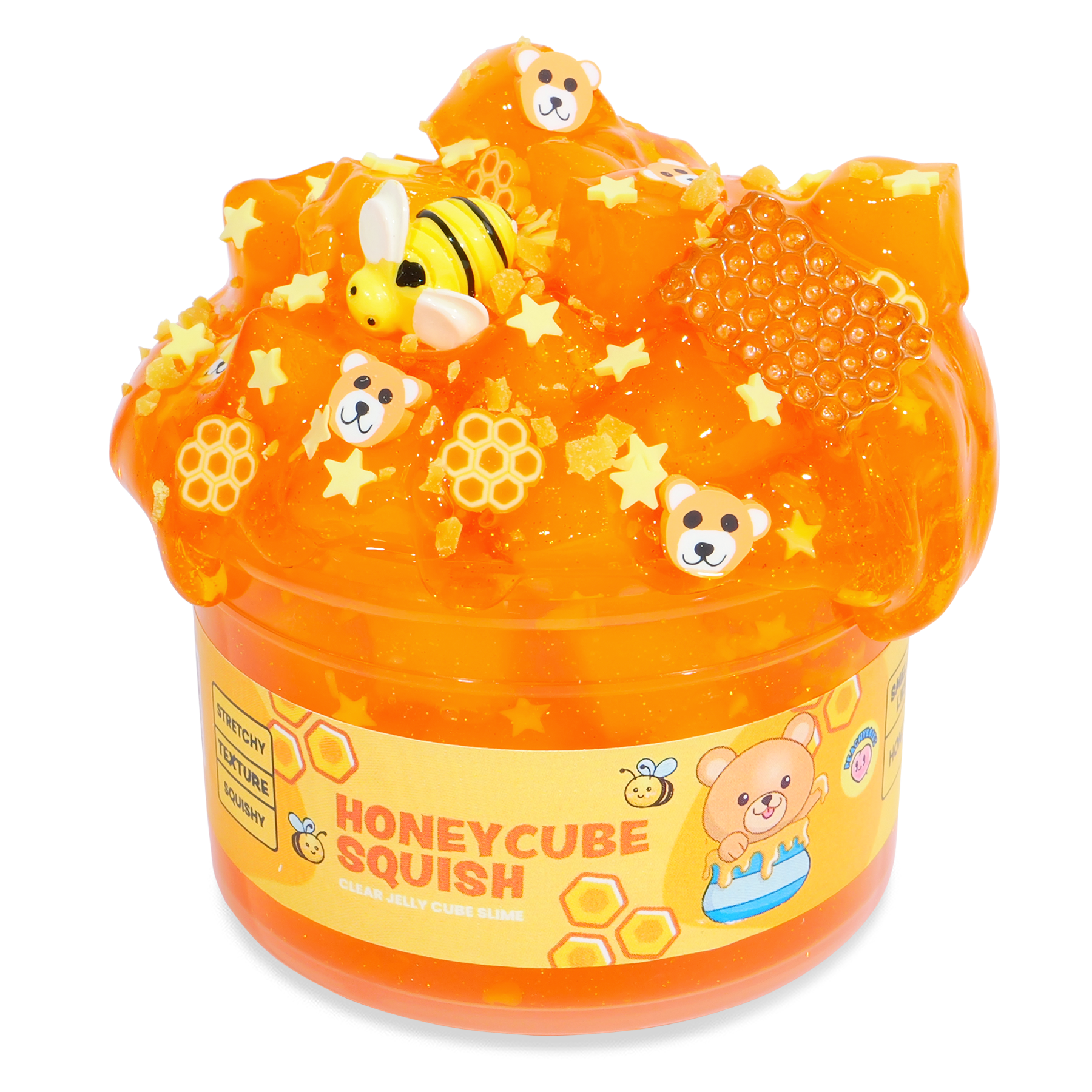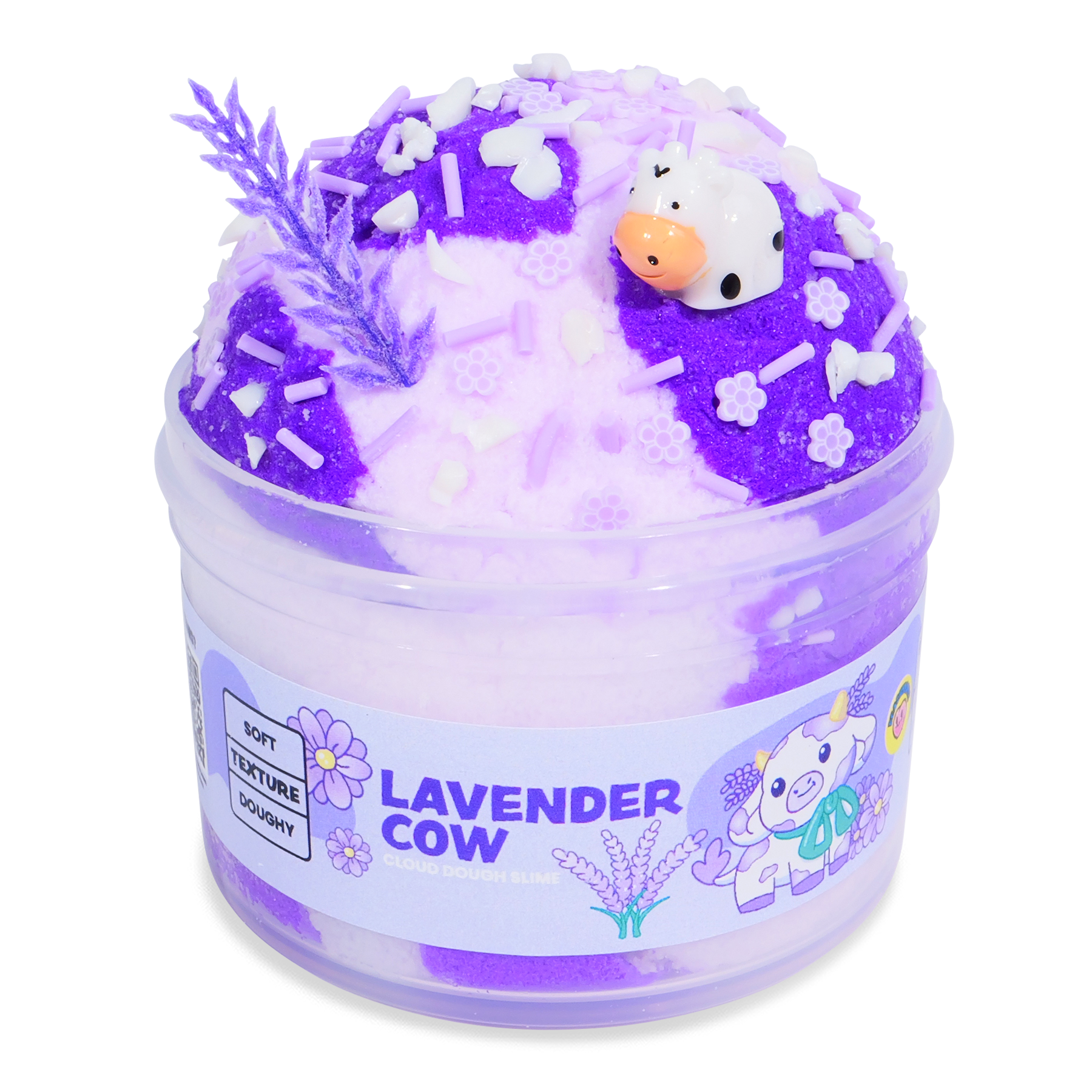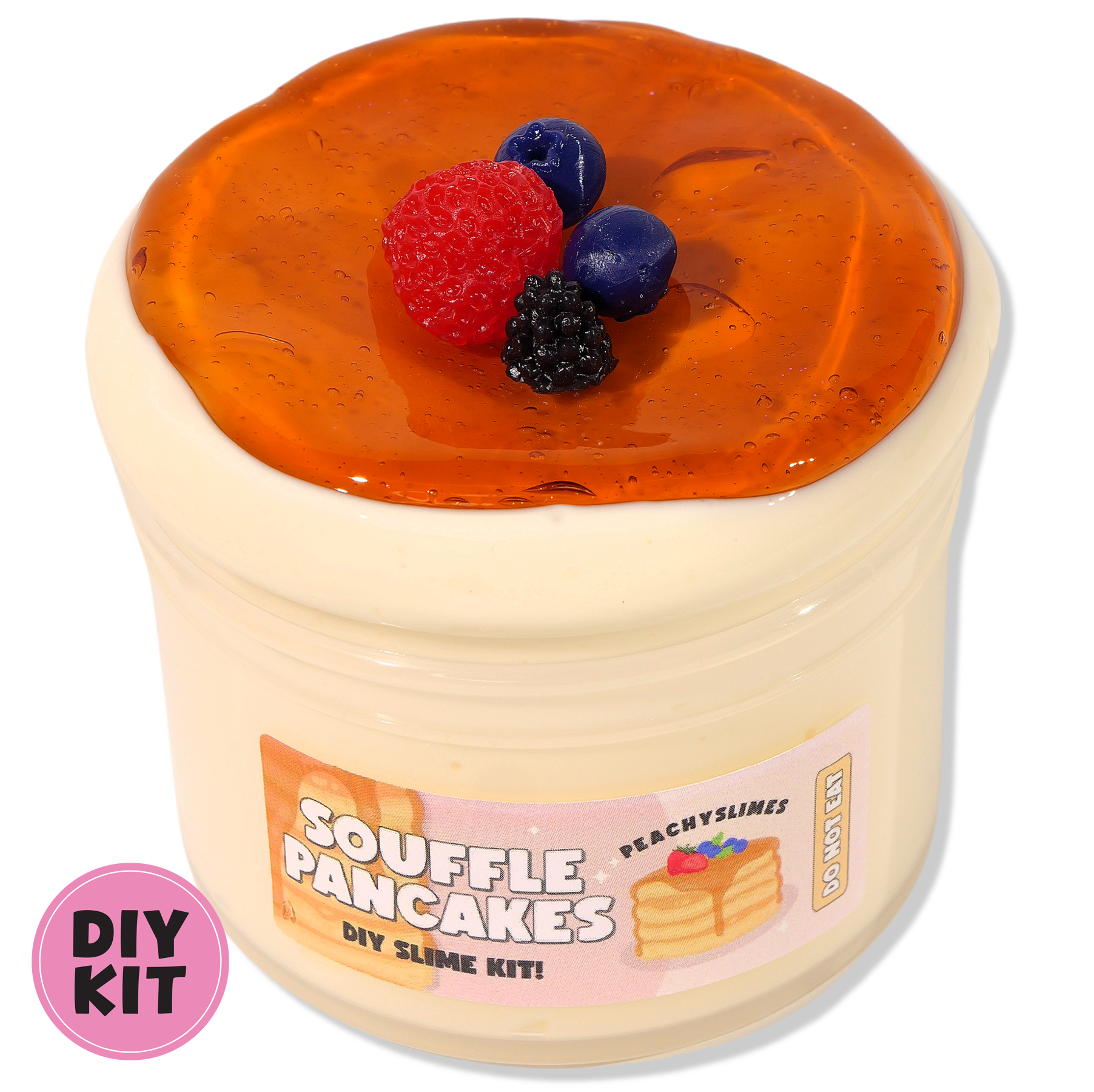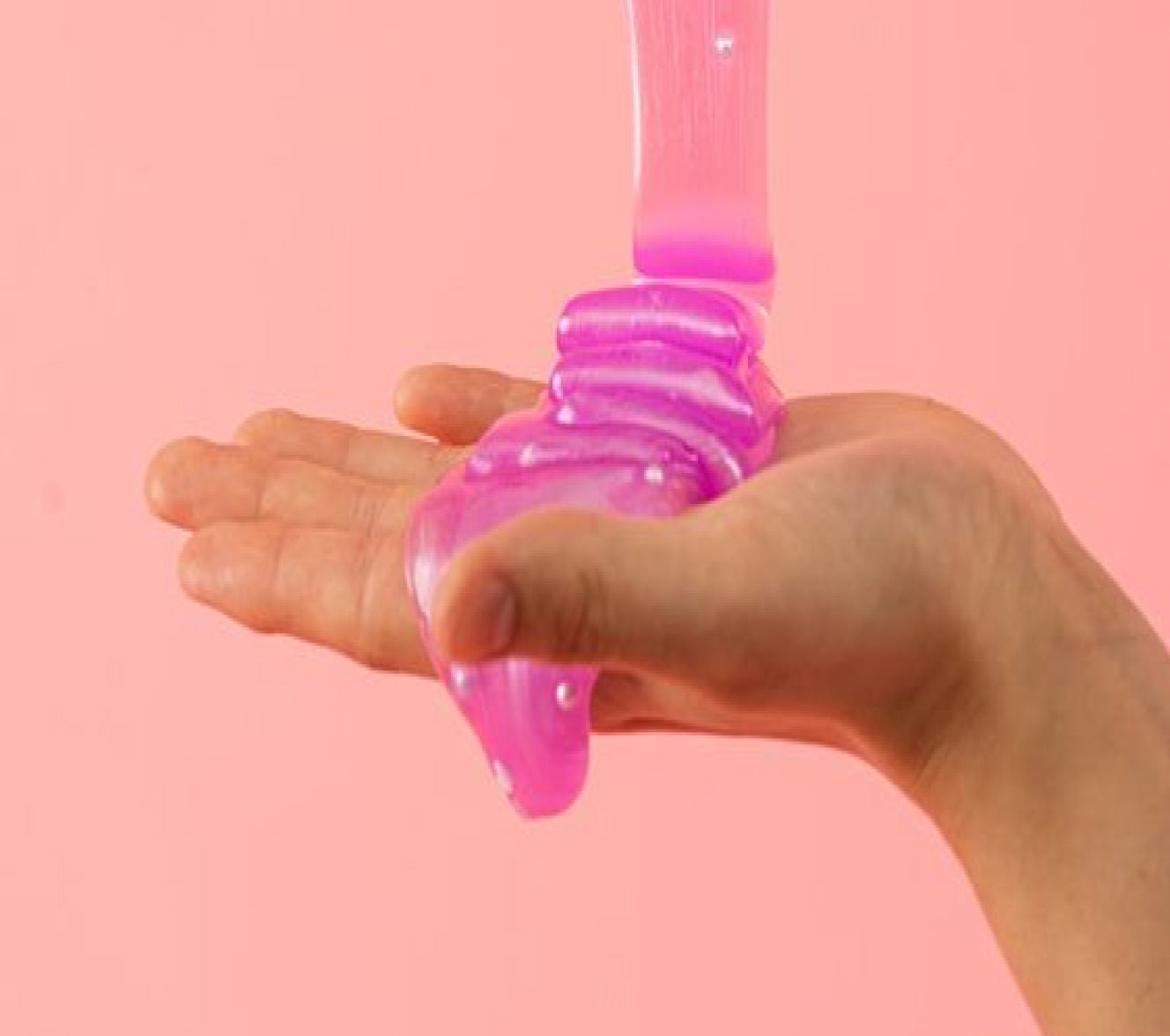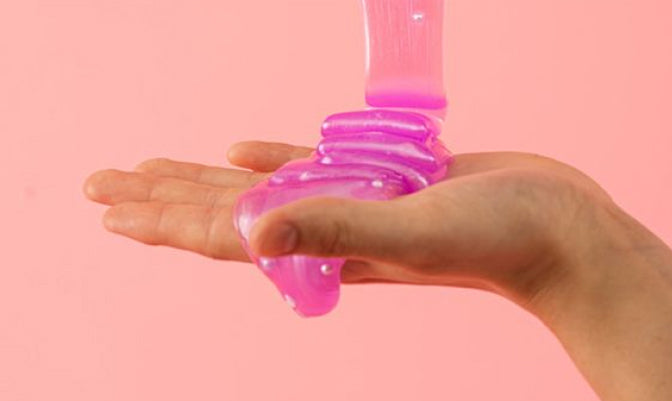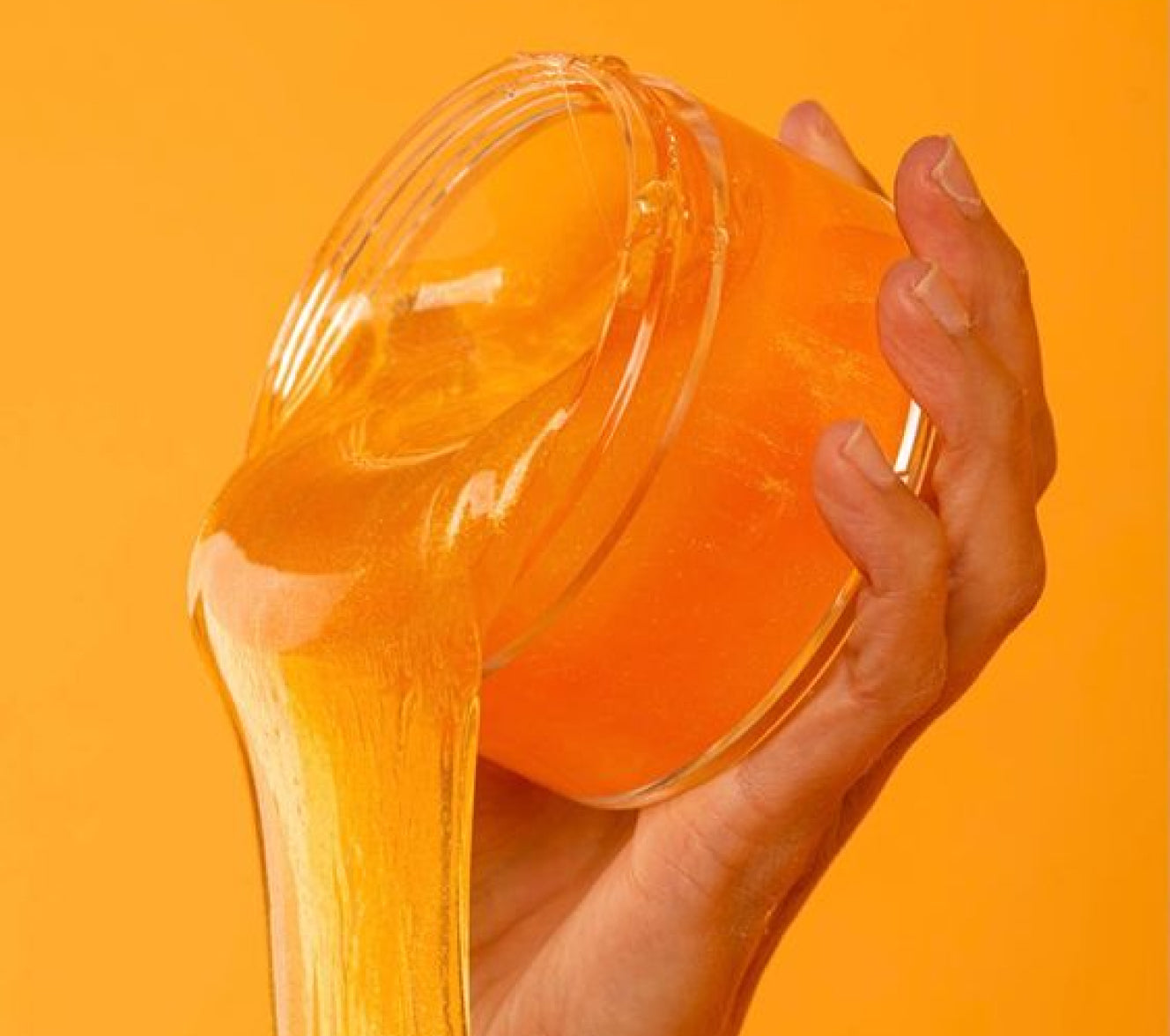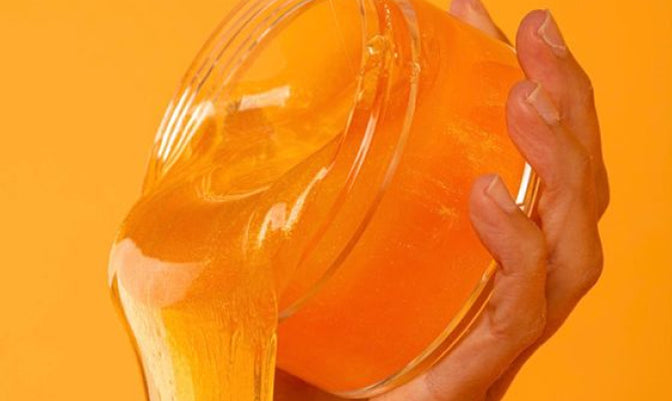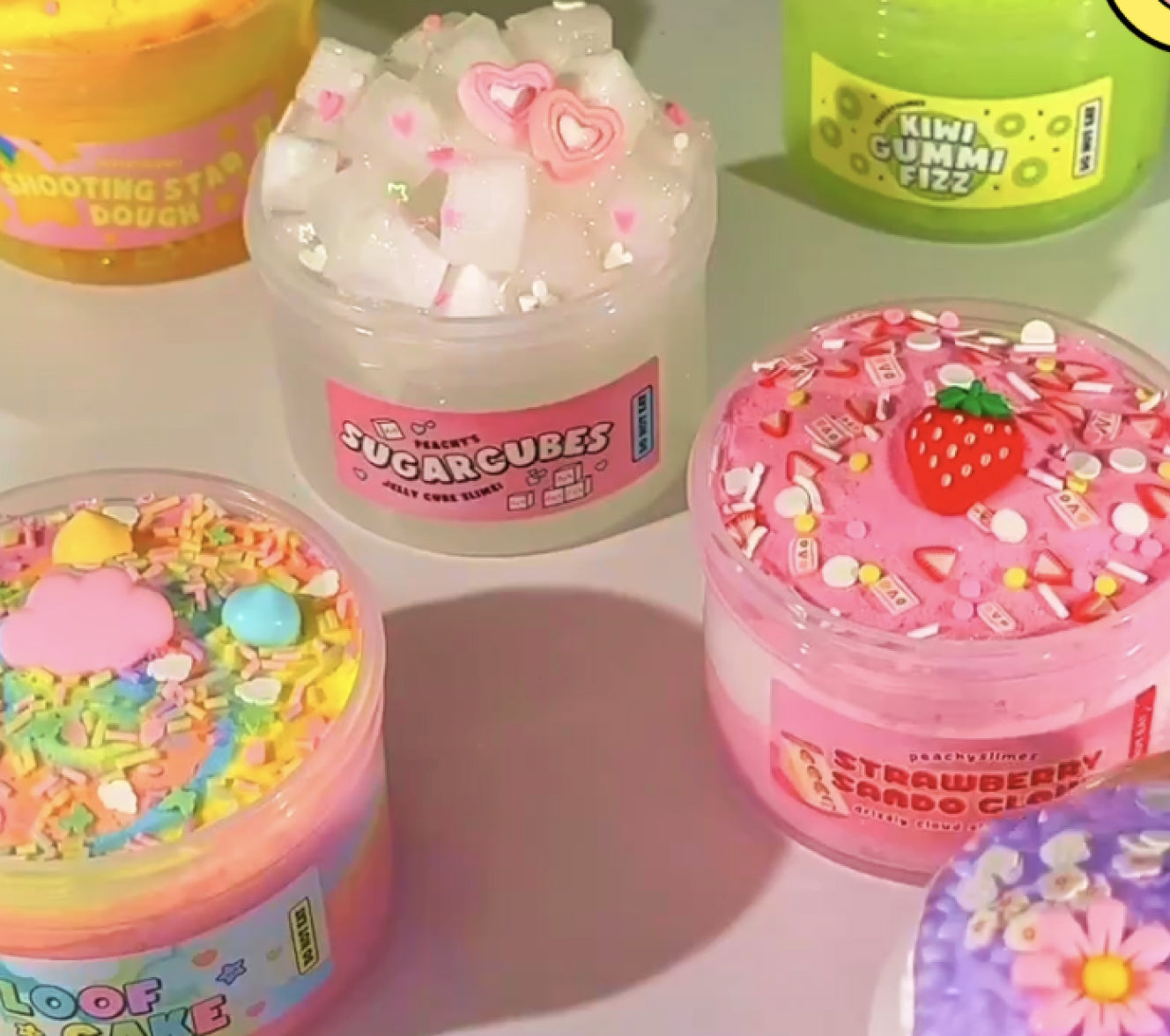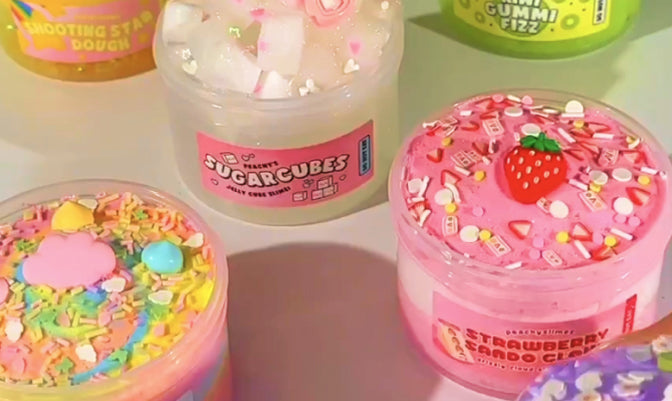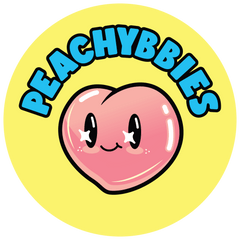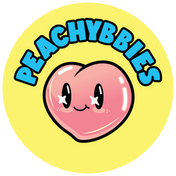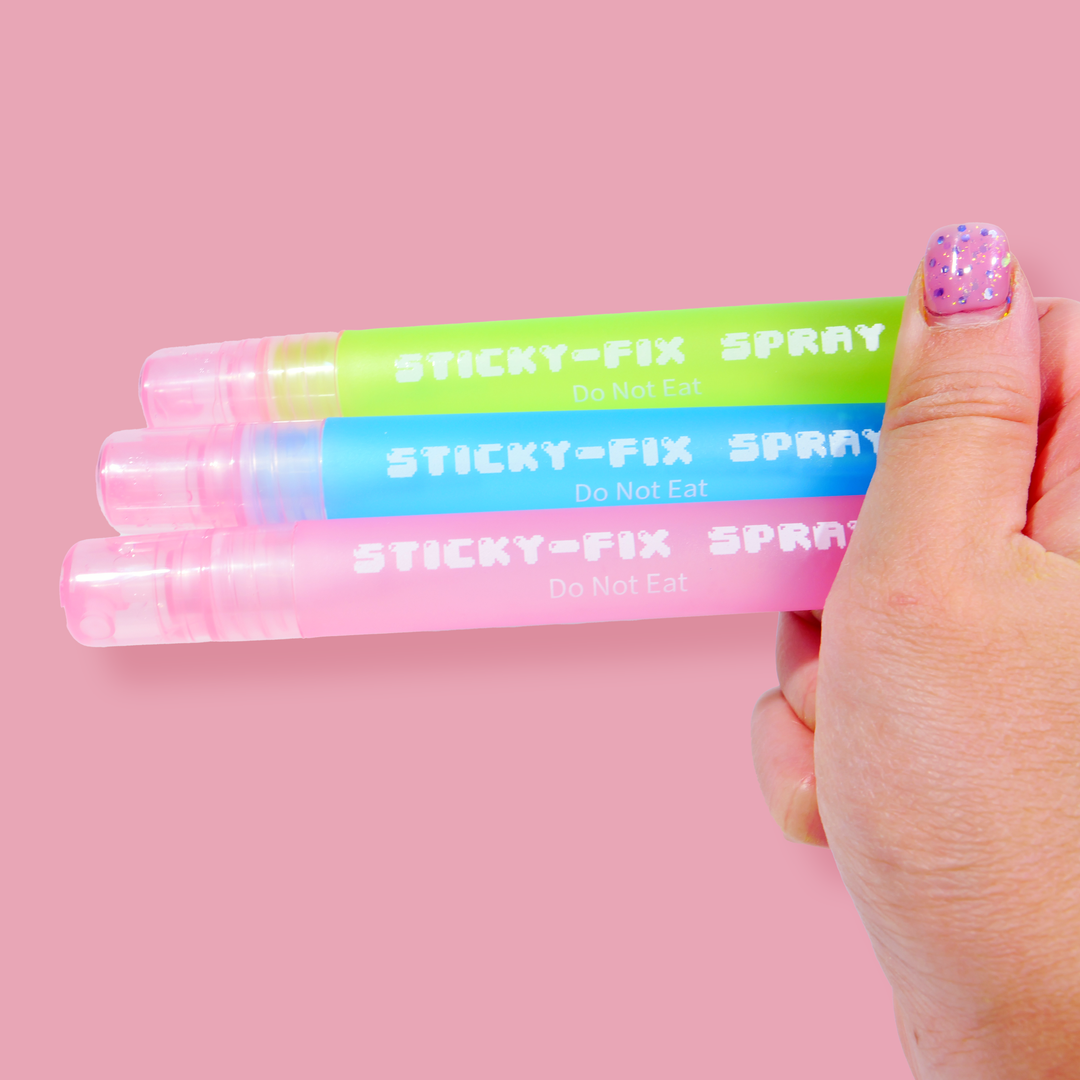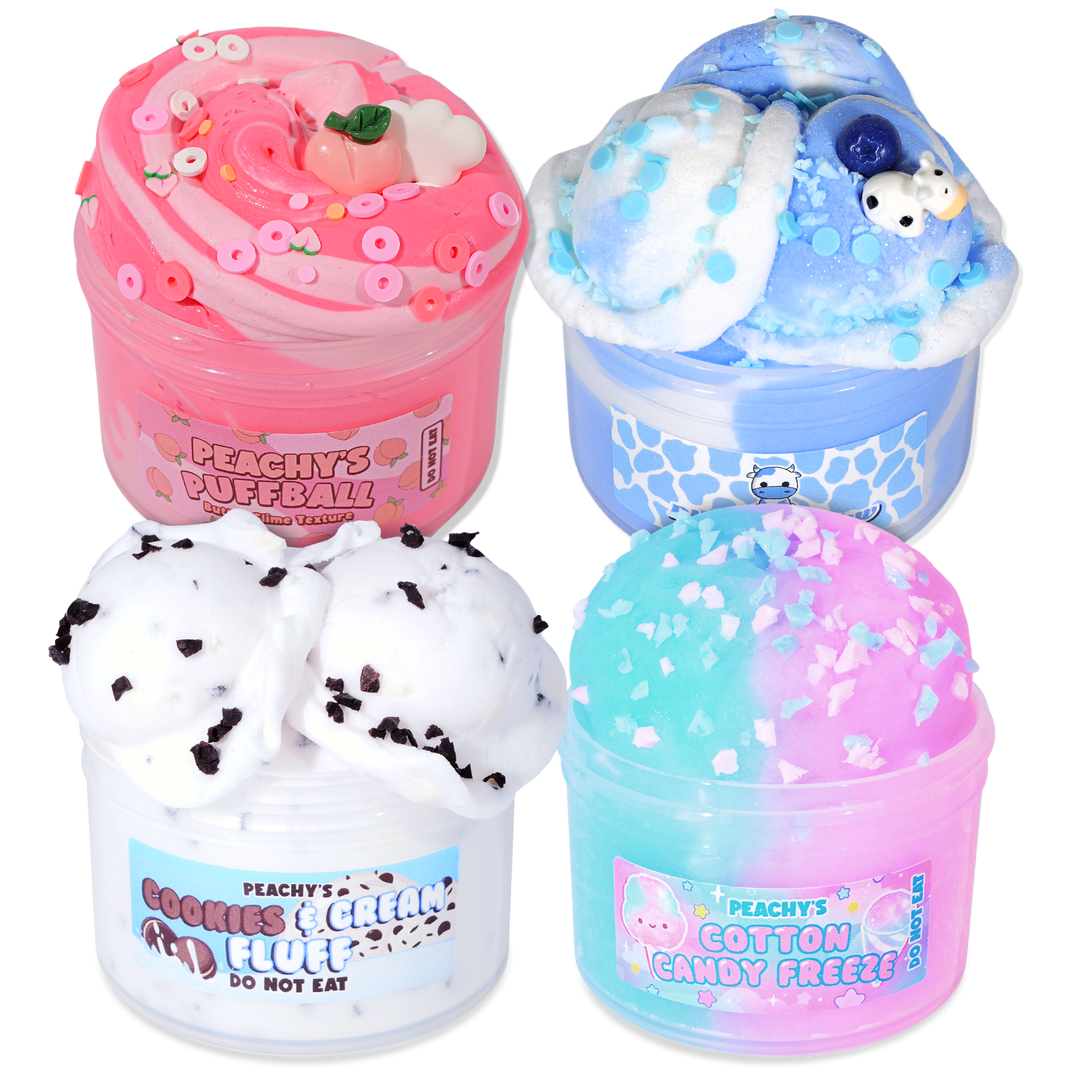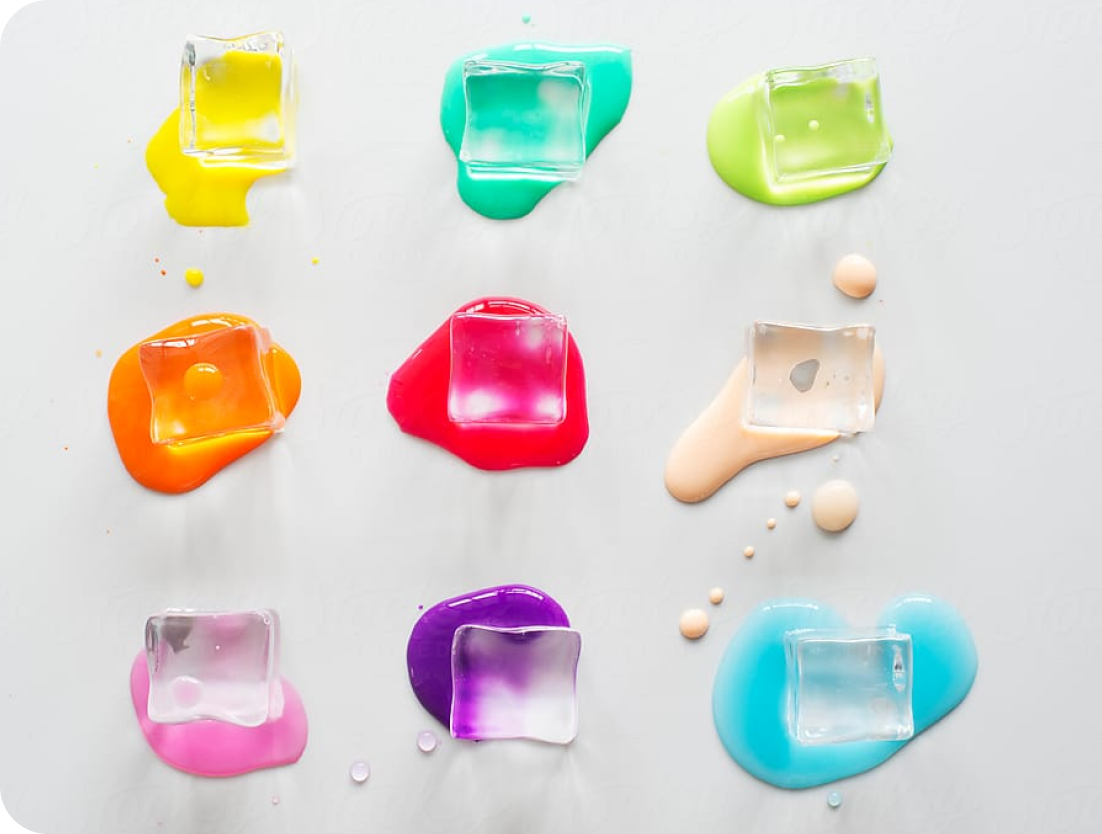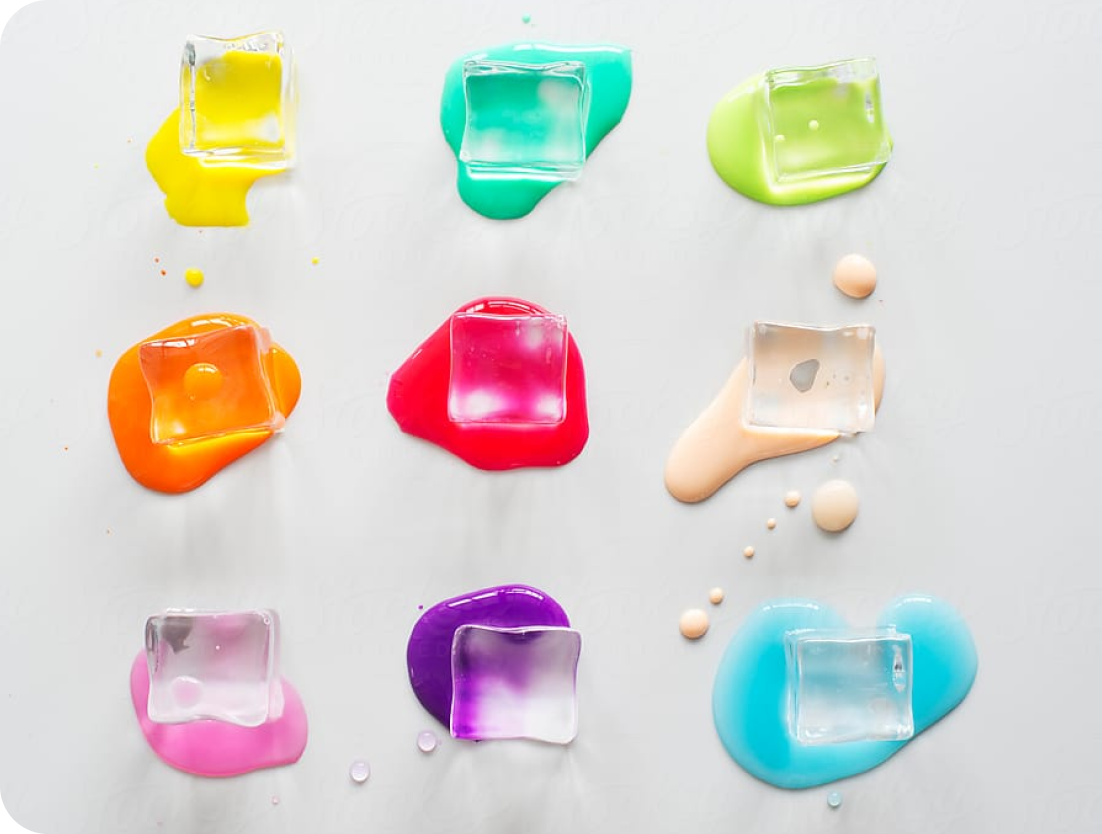Slime, a gooey and fascinating substance, has come a long way from being a simple toy for children to a versatile tool used for sensory therapy by both adults and kids alike. What began as a mesmerizing plaything has now evolved into a popular stress-reliever, relaxation aid, and cognitive enhancer. In this article, we'll explore the history of slime, its journey from a toy to a therapeutic tool, and how it has found a place in the lives of people of all ages.
From its humble beginnings as a children's toy, slime has transformed into a powerful tool for sensory therapy, stress relief, and relaxation for individuals of all ages. Its journey from entertainment to therapeutic application highlights the importance of recognizing and harnessing the therapeutic potential of seemingly simple and innocuous objects. As we continue to delve into the world of sensory therapy, slime stands as a shining example of how something as simple as gooey play material can have a profound impact on our well-being and quality of life.
From its humble beginnings as a children's toy, slime has transformed into a powerful tool for sensory therapy, stress relief, and relaxation for individuals of all ages. Its journey from entertainment to therapeutic application highlights the importance of recognizing and harnessing the therapeutic potential of seemingly simple and innocuous objects. As we continue to delve into the world of sensory therapy, slime stands as a shining example of how something as simple as gooey play material can have a profound impact on our well-being and quality of life.




